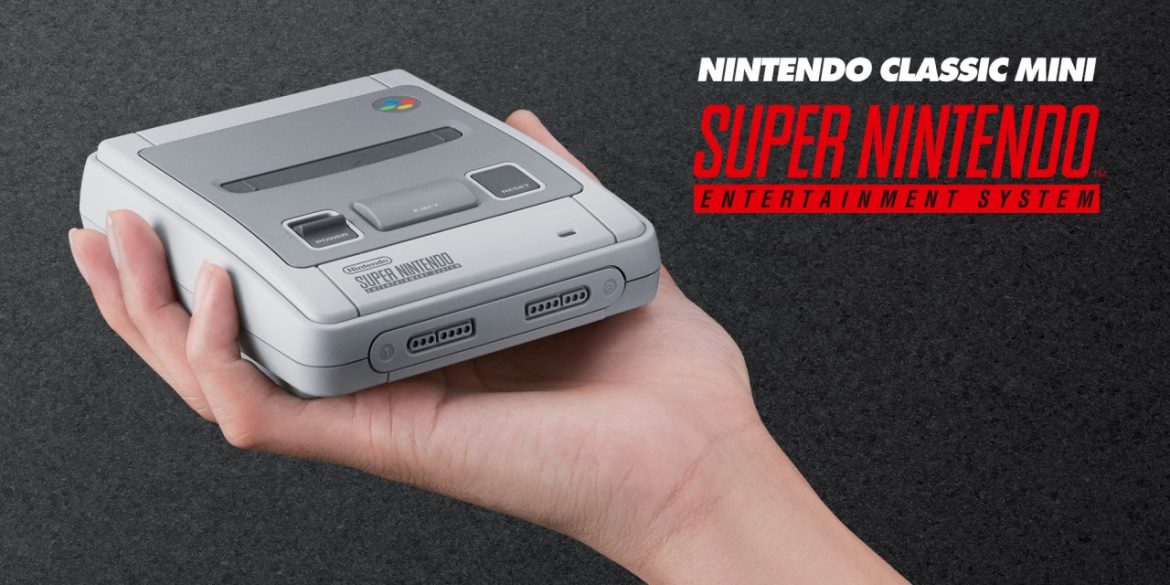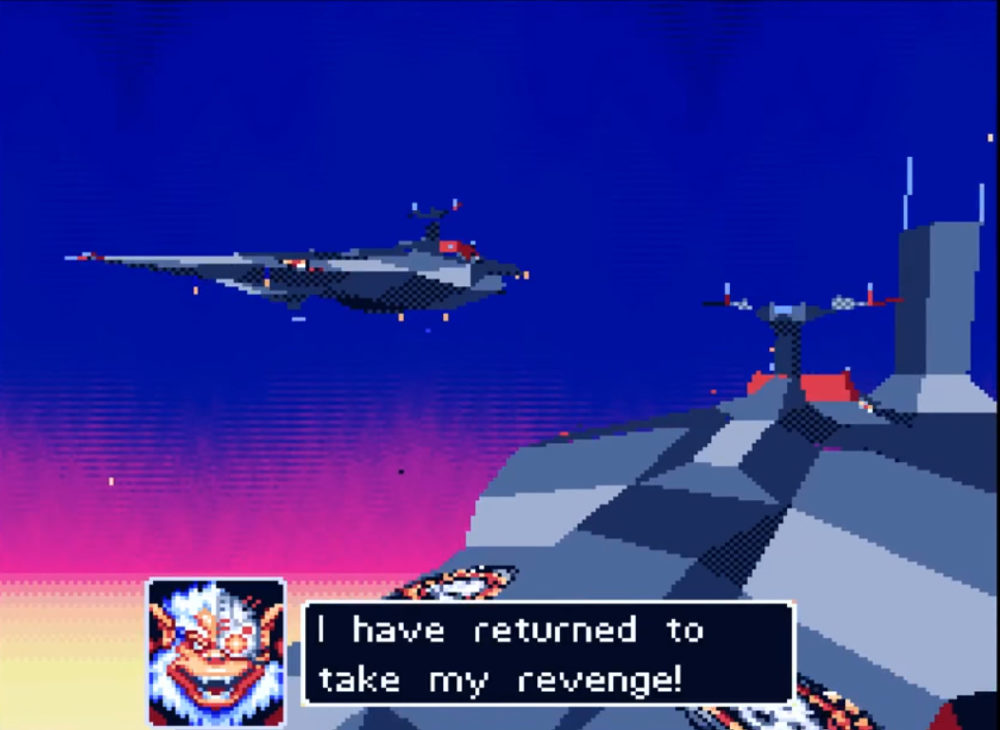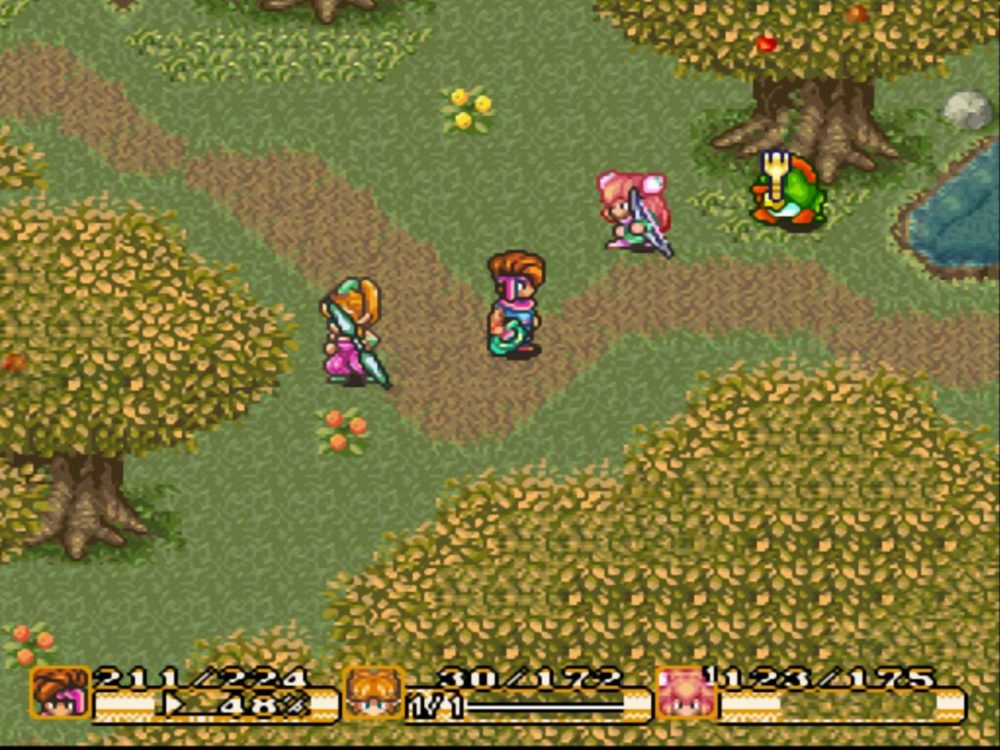TL;DR
Nintendo's SNES Classic Mini is here, bringing beloved 16-bit games like Super Mario World and Star Fox 2 to modern TVs with HDMI. It's a simple, plug-and-play way to enjoy retro gaming, though its high demand and price increase over the NES Classic Mini are notable. While a DIY RetroPie offers more options, the SNES Classic provides a curated, official experience. If you can snag one, it's a trip down memory lane, but be prepared for the hunt! Discover if this retro revival is worth the hype.
Few cultural phenomena have resonated as strongly as Nintendo’s decision to curate classic games from the golden age of video gaming (the formative years for the 70s and 80s generation) and release them as compact units featuring modern HDMI connectivity and pre-loaded with approximately two dozen titles. Retro gaming is experiencing a resurgence, and well-maintained 8- and 16-bit consoles command significant prices at auction. Pristine, boxed game classics like Secret of Mana can fetch several thousand kronor. While original editions undoubtedly hold a certain appeal, their acquisition can be prohibitively expensive, require substantial storage, and present connectivity challenges due to the analog interfaces inherent in older hardware.
The SNES Classic Mini represents this year’s entry in the mini retro console market, focusing on exemplary titles from the Super Nintendo Entertainment System era. It includes essential classics such as Super Mario World, Secret of Mana, Super Metroid, Super Castlevania IV, and the previously unreleased Star Fox 2. The internal hardware is identical to that of the preceding NES Classic Mini (emulating consoles from over two decades ago requires minimal processing power). This commonality suggests the potential for similar modifications, wherein users might jailbreak the system and load additional ROMs (an activity that carries legal implications).
A key advantage of Nintendo’s mini-consoles lies in their seamless out-of-the-box functionality. While a power adapter is, once again, not included, most users likely possess numerous USB adapters from mobile devices and other peripherals. This iteration includes two game controllers with slightly extended – though still somewhat short – cables, as well as an HDMI cable for connection to a display.
A discerning user might contend that the SNES Classic Mini lacks the power and versatility of constructing a custom Retropie system. A Retropie setup can emulate a wider range of vintage gaming platforms, including arcade systems (Nintendo utilizes RetroArch, the same software foundation as Retropie). While this is a valid point, the SNES Classic Mini offers a ready-to-use, hassle-free experience, a refined user interface, and legally licensed ROMs, making it a product worth supporting.
As with the NES Classic Mini, demand for the SNES Classic Mini has been exceptionally high, with pre-orders exceeding available stock worldwide. Furthermore, the initial retail price is nearly double that of its predecessor in some markets (specifically in Sweden, while it remains consistent in the USA), retailing for 1,499 SEK compared to 799 SEK. The inclusion of an additional controller does not fully justify this price increase, given the identical internal hardware and emulation capabilities. While the chemical tax contributes a minor amount (approximately 60 SEK based on the unit’s 900-gram weight), the primary driver of the elevated cost is the limited supply, coupled with commercial interests throughout the distribution chain, from the Swedish distributor Bergsala (which has increased its net price to retailers) to retailers themselves, who are implementing inflated profit margins on a product virtually guaranteed to sell out rapidly (with some retailers listing the console for up to 2,000 SEK).
Nintendo has announced that additional units of both the NES and SNES Classic Mini will be available next spring/summer. However, obtaining one before then will prove challenging for those who have not already pre-ordered or secured a unit. Consequently, the secondary market prevails, with prices ranging from 2,000 to 3,000 SEK. This premium may be justified for those seeking to fulfill holiday gift obligations.




